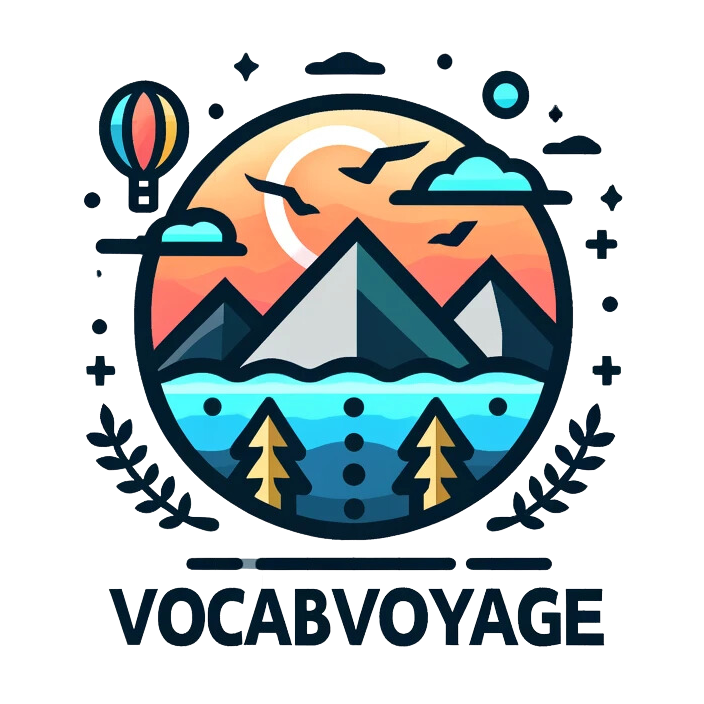A Complete Guide to Developing Language Learning Materials (PDF)
Hello, language enthusiasts! 🌍 If you’re on a quest to conquer a new language, you’ve probably realized the importance of great learning materials. Whether you’re a teacher crafting lessons or a self-study learner curating your curriculum, this guide is your treasure map to creating engaging, effective language learning materials. Let’s dive in! 🏊♀️
Understanding Your Audience
First things first: Who will use your materials? If you’re aiming for learners at A2 to C1 levels, like those we cater to with Vocab Voyage, you’ll want to tailor your content accordingly. Young or old, beginner or advanced, understanding your audience is key to making materials that resonate.
Setting Objectives
What’s the goal? 🎯 Is it to expand vocabulary, enhance grammar, or maybe improve conversational skills? Clear objectives guide the structure of your materials, ensuring they meet learners’ needs and contribute to their progress.
Choosing the Right Content
Content is king! For vocabulary expansion, consider themed word lists, pictures, and real-life examples. Grammar materials benefit from clear explanations and varied exercises. Don’t forget audio and video content for listening and speaking practice. Diversity in content keeps learning fresh and engaging. 🌈
Creating Interactive Elements
Interactivity boosts learning by making it active rather than passive. Think quizzes, flashcards, and games. Including interactive elements not only makes learning fun but also reinforces the material. Who doesn’t love a good language game? 🎮
Ensuring Cultural Sensitivity and Relevance
Language is a window into culture. Ensure your materials are culturally sensitive and relevant to the language’s context. This not only enriches the learning experience but also fosters respect and understanding of different cultures. 🌎
Incorporating Technology
In today’s digital age, technology is a game-changer for language learning. From apps to online platforms like Vocab Voyage, tech tools offer innovative ways to study, practice, and track progress. Consider how to blend traditional materials with digital solutions for a holistic learning approach. 💻
Feedback Loop
Creating exceptional materials doesn’t end at publication. Collecting feedback from users helps you refine and improve your content. Be open to suggestions and ready to make changes. After all, the best materials are those that evolve with learners’ needs. 🔄
Design Matters
Aesthetically pleasing materials can enhance motivation and engagement. Use clear fonts, appealing layouts, and vibrant colors to make your resources inviting and easy to navigate. Remember, first impressions count, even in educational materials! 🎨
Accessibility
Ensure your materials are accessible to everyone, including learners with disabilities. Consider readability, audio descriptions, and alternative text for images. Universal design principles guarantee that your materials benefit a wide audience. ♿👍
Making It Shareable (PDF Format)
PDFs are a fantastic way to share your materials. They’re easy to distribute, compatible across devices, and preserve your formatting. When saving your materials as PDFs, check the file size to ensure it’s manageable for downloading and sharing. 📁
Conclusion
Developing language learning materials is a journey of creativity, empathy, and innovation. By understanding your audience, setting clear objectives, and embracing technology, you can create resources that inspire and educate. Remember, persistence pays off in language learning, and the right materials can make all the difference. Keep pushing the boundaries, and let’s make language learning an adventure to remember! 🚀
For more insights and resources, explore Vocab Voyage, your partner in vocabulary expansion. Together, we can make the world a smaller place, one word at a time.
